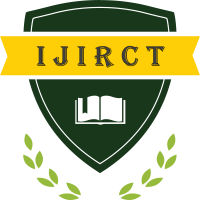Face Counterfeit Detection in National Identity Cards Using Image Steganography Deep Learning Techniques
Author(s): N. Deepasri, K. Meenatchi
Publication #: 2308030
Date of Publication: 04.09.2023
Country: India
Pages: 1-5
Published In: Volume 9 Issue 5 September-2023
Abstract
IDs and MRTDs (Identification and Machine-Readable Travel Documents) are used to identify and authenticate identities in several scenarios such as crossing national borders, in civil applications, sales and purchasing portals, or admission to transaction processing systems. These documents have several security features which mitigate and combat document forgery. As these security systems are difficult to circumvent, criminal attacks on ID verification systems are now focusing on fraudulently obtaining genuine documents and the manipulation of the facial portraits. To reduce risks related to this fraud problem, it is necessary those governments and manufacturer of IDs and MRTDs continuously develop and improve security measures. With this in mind, we introduce the first efficient steganography method - StegoFace - which is optimized for facial images printed in common IDs and MRTDs. StegoFace is an end-to-end facial image steganography model that is formed by n Deep Convolutional Auto Encoder, that can conceal a secret message in a face portrait and, hence, producing the stego facial image, and a Deep Convolutional Auto Decoder, which is able to read a message from the stego facial image, even if it is previously printed and then captured by a digital camera. Facial images encoded with our Stego Face approach outperform the StegaStamp generated images in terms of their perception quality. Peak Signal-to-Noise Ratio, hiding capacity and imperceptibility results on the test set are used to measure the performance.
Keywords: identity card, detection
Download/View Count: 289
Share this Article
